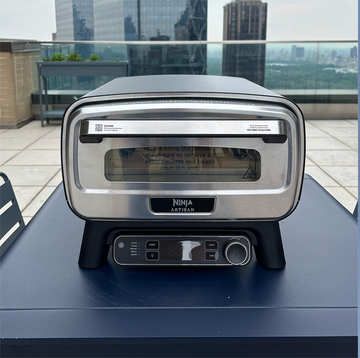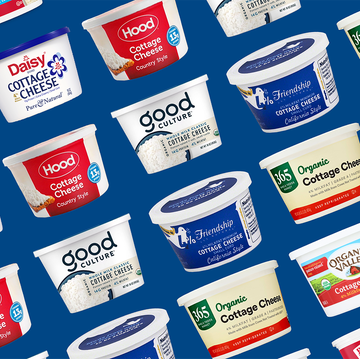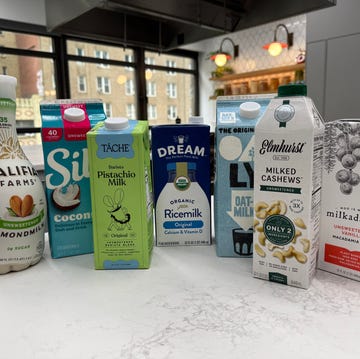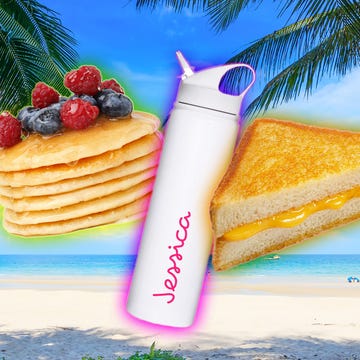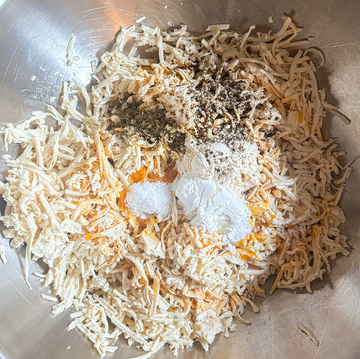In the quest for a perfectly organized kitchen, many of us have been lured by trendy solutions that promise to make our spaces more efficient. On TikTok, you'll see RestockTok videos that play into the maximalist organizing approach popularized by The Home Edit. And because of this, there’s been a shift away from Marie Kondo’s minimalist ethos of “Does it spark joy?” to a more consumer-driven approach. Now, social media is enamored by an glamorized, unrealistic idea of kitchen organization, suggesting that more is better and that joy comes from the sheer volume of storage solutions.
TikTok's obsession with endlessly restocking pantry items into picture-perfect, color-coordinated containers has created a new standard of kitchen perfection. This focus on aesthetics can make us believe that the more we acquire and meticulously arrange, the more organized we will feel. The result is a flood of single-purpose, visually appealing products that promise efficiency, but often end up adding more clutter. Here’s a rundown of the five most overrated kitchen organization trends that, for some of us, are more hassle than they're worth.
Matching Spice Containers
While matching spice containers might look aesthetically pleasing, they often add an extra step without much practical benefit. Unless you’re buying spices in bulk, transferring them from their original containers into uniform jars creates more work than it’s worth. The pre-labeled, original jars serve their purpose just fine and require less maintenance.
Decanting Pantry Items
Decanting pantry items can be beneficial for certain foods, but it’s not always necessary. Baking ingredients like flour, sugar, and cocoa powder, as well as rice and grains that might be prone to pests, can benefit from being moved into separate airtight containers. However, for items that already come in resealable packaging, like sauces, spices, and liquids, transferring them into new containers is just inconvenient. And it’s important to keep original packaging in case you need to see when an item expires, or there’s a product recall.
Products with Only One Purpose
Specialized kitchen tools that serve a single function can often be more trouble than they’re worth. Aesthetic items like decorative egg trays often aren't practical. Eggs are best stored in their original cartons, which protects them from odors and maintains freshness. The packaging also helps keep the yolks centered, ensuring better quality. Similarly, clear liquid cartons, while visually appealing, can be a nightmare to clean due to their shape, since they may trap residue and discolor over time. Moreover, if all the liquid doesn’t fit, you’re left with leftover product and an extra carton, which defeats the purpose of the neat aesthetic.
The same principle applies to items like triangular pizza storage containers and sliced cheese cases. These might seem like clever solutions at first, but they often end up being clunky and taking up unnecessary space. Instead, repurposing old jars and use what you already have in your home for a more practical and sustainable approach. A little DIY effort can also transform existing items into functional and aesthetically pleasing organization solutions without the need for excessive, single-use products.
Different-Sized Tupperware
Dealing with a jumble of mismatched Tupperware and lids is a common kitchen frustration. Containers of different sizes and shapes can often lead to a chaotic storage situation (anyone ever heard of a junk drawer?). A simpler solution is to use deli containers, which come in three standard sizes, are stackable, and feature universal lids. They are more cost-effective and also microwave-safe, making them a practical alternative to the endless array of inconsistent Tupperware containers.
Making Your Kitchen Look Like A Supermarket
Trends like RestockTok emphasize an over-the-top approach to kitchen organization, encouraging us to fill their spaces with containers, labels, and impractical storage solutions. This trend, while soothing to watch videos about, promotes the idea that more is better, leading to kitchens that resemble mini supermarkets rather than functional, lived-in spaces.


